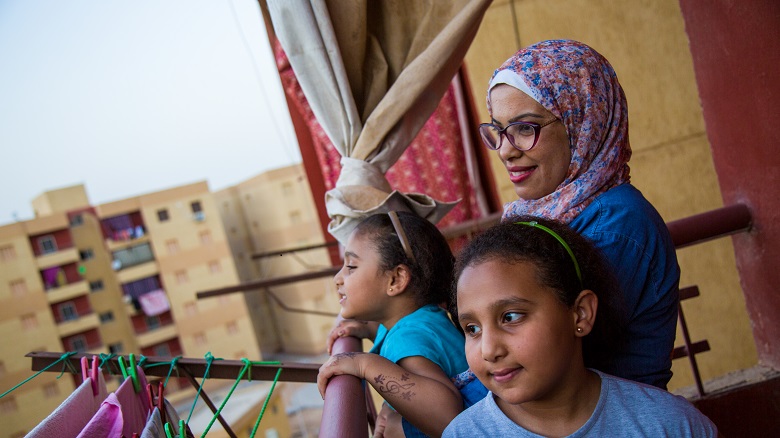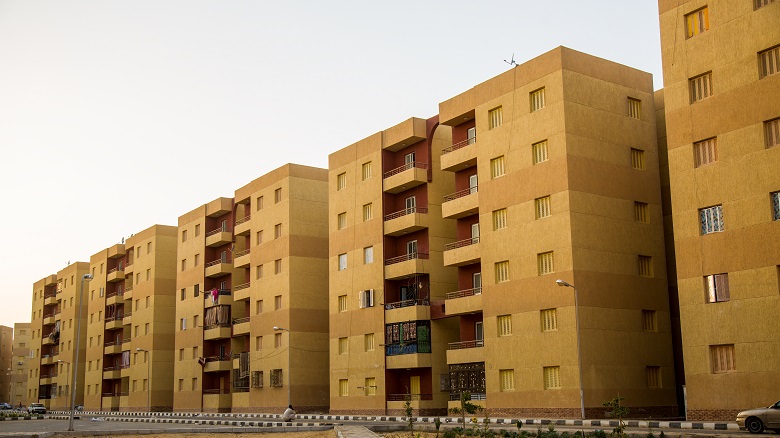“I got a divorce 4 years ago, but even when I was still married my then husband and I applied to housing programs in efforts to own our own home, but were never selected,” said Azza, a 36-year- old divorcee and a mother of two girls. ‘’Being the owner of your home gives you stability and spares you the anxiety of knowing that the landlord can at any given moment raise the rent or ask us to leave the apartment altogether.’’
For years numerous challenges prevented Egypt’s housing sector from fulfilling the country’s growing need for affordable housing. The sector’s programs and policies designed for low income families like Azza’s were often uncoordinated and were implemented by multiple, unaligned entities.
Housing subsidy programs did not fulfill their goal of providing the needed number of formal housing units and they were not cost efficient for the government. Most houses provided by subsidized programs were located far away from job opportunities, utilities and infrastructure. Also, outdated housing rental regulations resulted in a large number of houses left vacant or unfinished by the owners, with an estimated three million units vacant in urban areas alone. These factors led to an enormous shortage in the availability of low-income housing. This shortage reached 3 million units in 2014. To address this gap, Egypt was required to deliver 300,000 new housing units per year when the actual formal housing production did not exceed 200,000 units per year. As a result, an estimated 12 to 20 million Egyptians lived in homes which they did not officially own.
In 2014, Egypt launched the ‘’Social Housing Program’’, which aimed at providing 1 million houses to low income citizens. The Social Housing and Mortgage Finance Fund is the program’s implementing entity which was created by the government to plan and supervise the implementation of social housing projects, secure suitable residences for low income citizens and manage the land used in low and middle-income housing projects. The Fund is also responsible for reforming the policies which stop the housing sector from attracting investments, as well as streamlining all the efforts aiming at enabling the sector to fulfill its potential.



